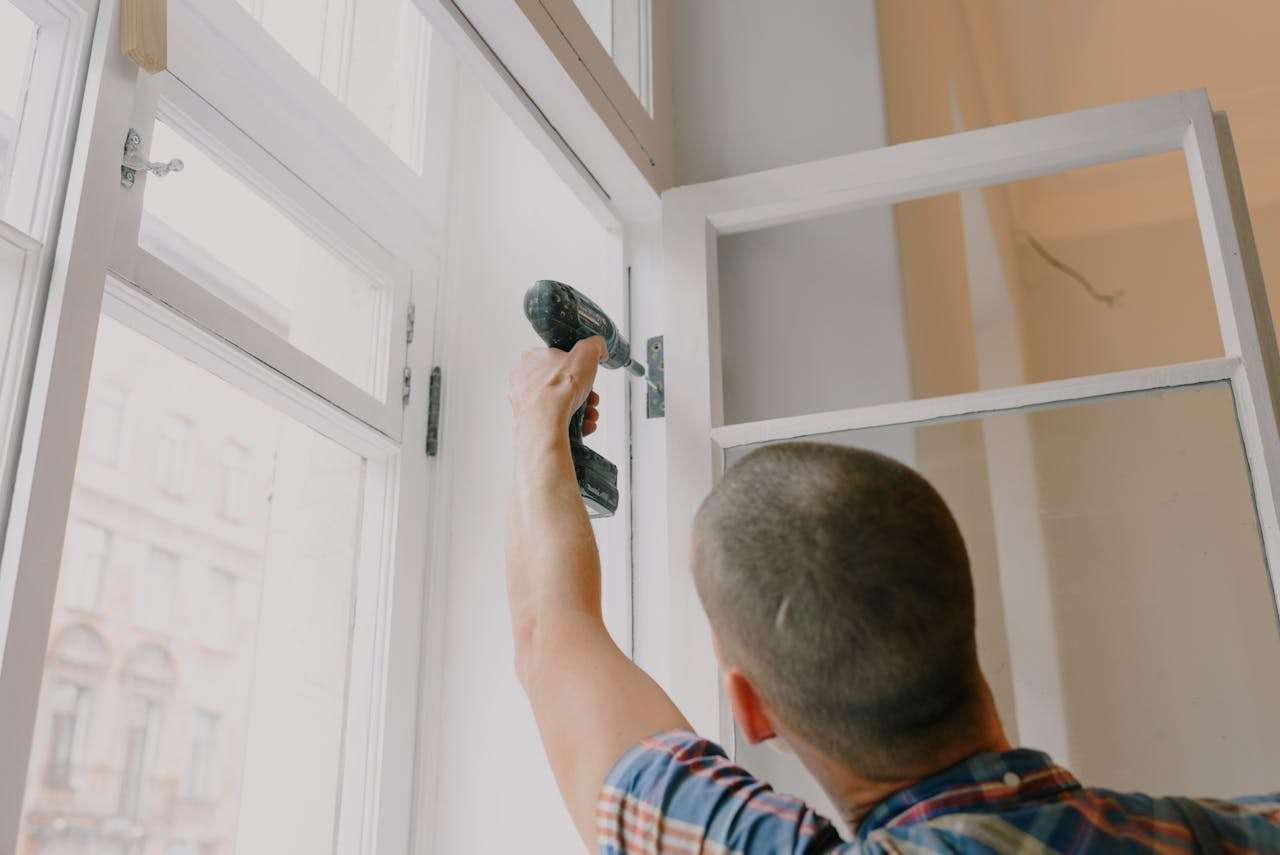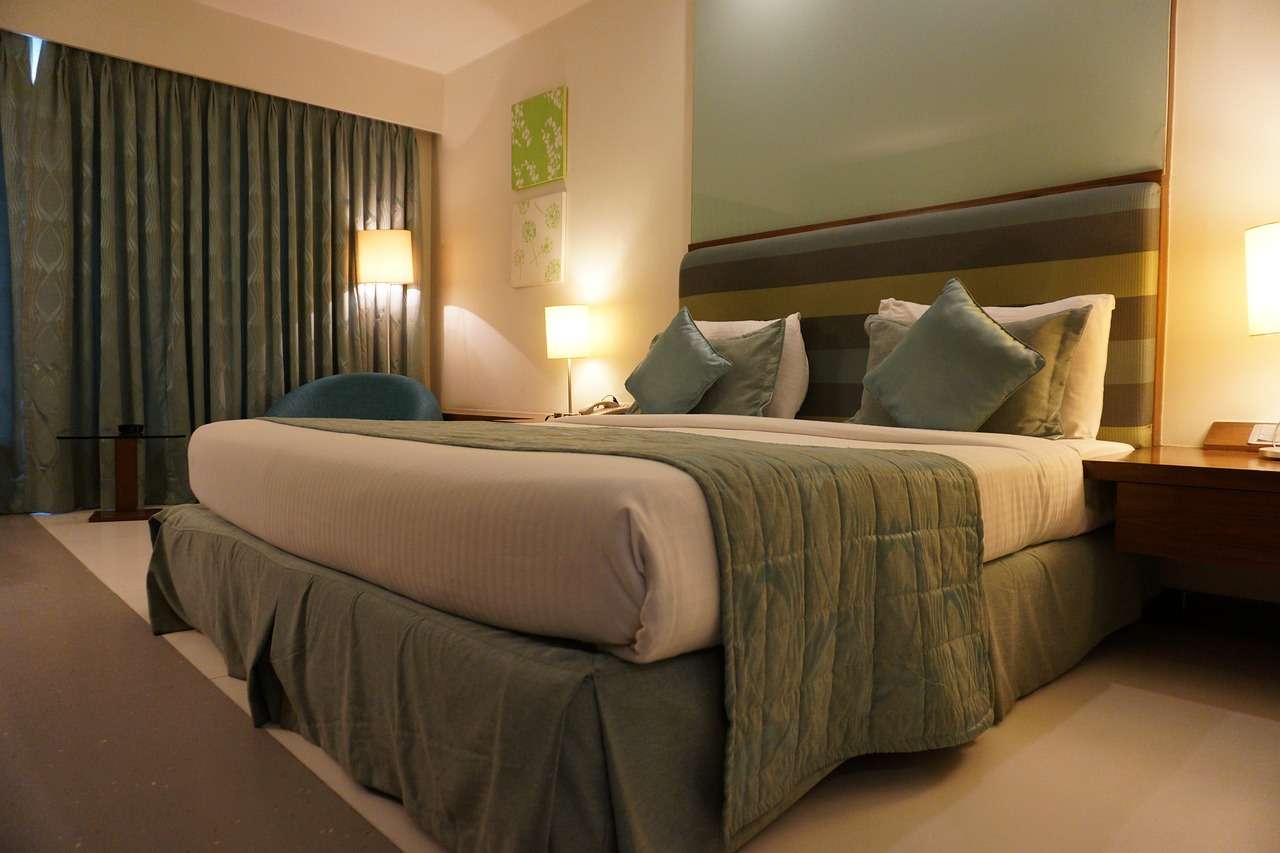Allergies are nothing to, pardon the pun, sneeze at. More than 50 million Americans experience some form of allergic reaction throughout the year. Furthermore, it’s the sixth leading cause of chronic illness.
Allergies aren’t only found in food or the outdoors. Many are located in your home without even knowing. Fortunately, there’s a way to minimize their effect on you. Here are 5 products to use around your home that are hypoallergenic.
1. Bamboo
Bamboo is a unique perennial flowering plant. It remains in a vegetative state for years, then rapidly grows several feet. Bamboo is also naturally hypoallergenic.

In its plant form, bamboo absorbs carbon dioxide around your home. This keeps the air fresh. Bamboo is also used as a fiber in numerous household products. This includes bedding, rugs, and clothing. Thus, those sensitive to fibers like cotton or wood have an alternative.
2. Limewash Paint
Interior paints have been at the top of the household environmental hazards list for years. Though most are water-based, other chemicals within the mixture have been deemed harmful. Some people end up suffering allergic reactions long after the paint has dried on the walls and the fumes have abated.
An alternative to modern products is something that was utilized thousands of years ago and it is called limewash paint. Sold at local specialty stores and online outlets like JH Wall Paints, this hypoallergenic product is made from limestone. It’s crushed and mixed with water to make a putty. Then, pigments are added for selected colors.
Limewash paint doesn’t have any toxic contents to it. Even its binding agents are environmentally-friendly mineral additives. Furthermore, since limewash paint has a high pH level, microorganisms can’t survive.
3. Skin-Friendly Soaps
The purpose of body washes and other soaps is to clean your body. However, those with sensitivity issues end up with red and itchy skin. It tends to get worse the more they wash.
No matter the sensitivity levels in your family, it’s always important to use hypoallergenic soaps. Not only for washing your hands and body but also for the detergent you use to wash your clothes in. The dyes and perfumes added to both powdered and liquid versions result in skin irritation.
Consider dye-free and perfume-free soaps for anything that comes in contact with your body. Furthermore, look at items with soothing agents such as aloe, lavender, or oatmeal.
4. Hypoallergenic Cleaners
All-purpose cleaners for the kitchen and bathroom might smell nice. Yet, they contain chemicals that cause allergic reactions in some individuals. Especially if they come in contact with a surface cleaned with them.
Prevent this by purchasing hypoallergenic cleaning solutions without dyes or perfumes. In fact, forego buying anything and make some natural solutions on your own. Many homemade cleaners are comprised of a combination of vinegar, baking soda, and hypoallergenic powdered soaps like Borax.
If you want to add an aroma to them, then add a few drops of essential oils. For instance, lavender is commonly used because it gives areas a fresh scent that’s not overpowering.
5. Vacuum With HEPA Filter
Bag vacuums don’t decrease the potential for allergies within your home. On the contrary, if you don’t know the bag is full, then dust mites, pet dander, and other allergens are redistributed through the house. While a bagless vacuum helps, it doesn’t completely resolve issues unless connected with a high-efficiency particulate air (HEPA) filter.
The HEPA filter traps the incoming particles. This prevents them from being dispersed back into the air. If you purchase a HEPA-filtered vacuum make sure it has an efficient dirt-bin disposal system. This helps deposit the debris directly into the trash without physical contact.
Conclusion
The five products mentioned are a start to the products to use around your home that are hypoallergenic. Case in point, you should purchase pollen-free plants that brighten rooms and absorb common toxins from the air. Additionally, consider purchasing or creating a wash that removes remnants of toxic chemicals from fruits and vegetables.
Replacing air filters around your home is another way to make your home hypoallergenic. Regularly change these in your HVAC system, vacuum, and air purifier. Not doing so results in particulates being released into the air.
Make these changes gradually and adjust as needed. You’ll know these hypoallergenic products are working when you start to feel better within your home.









